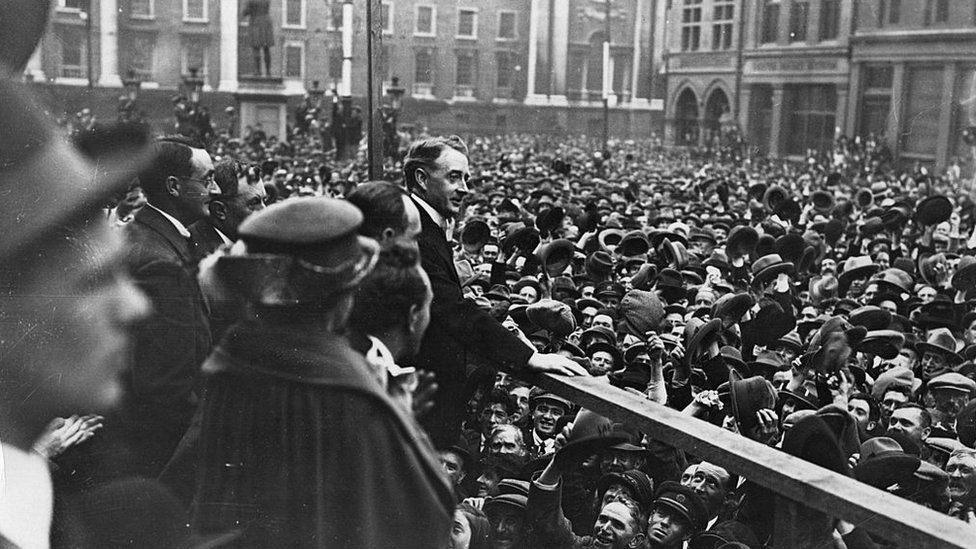 Getty Images/Hulton Archive
Getty Images/Hulton ArchiveIt is 100 years since the creation of the 26-county Irish Free State.
Northern Ireland had the option of joining the newly-created state in December 1922 but chose not to do so.
The new Irish state had executive powers and although a link with Britain remained, it was a step towards full independence – Ireland officially became a republic in 1949.
The first day of the Irish Free State was 6 December 1922.
This date was exactly a year after the signing of the Anglo-Irish Treaty, which set out a new relationship between Britain and Ireland.
Opinion has been divided over the past century on what the terms of the treaty meant for Northern Ireland.
It had been formed in May 1921, comprising the six north-eastern counties on the island.
Although it was part of the part of the United Kingdom, Northern Ireland had the option in December 1922 of becoming part of the Irish Free State.
The unionist-dominated Northern Ireland parliament quickly decided to reject the offer.
- The lasting legacy of Irish Civil War executions
- Events mark 100 years since Michael Collins’ death
- How was Northern Ireland’s centenary year marked?
- NI 100 – BBC News NI reports on centenary events
The question which splits opinion is whether during the 24-hour period before it did so, was it technically within the Free State?
In an article for the Irish Times newspaper last year, one of the most senior politicians in the Republic of Ireland, Tánaiste (Deputy Prime Minister) Leo Varadkar, argued that Northern Ireland was briefly part of the Free State.
He wrote: “It is little known today that the treaty actually provided for the Free State to be a 32-county entity with an opt-out for the six counties of Northern Ireland.
“The treaty, in fact, reunited Ireland for a day until the Northern Ireland Parliament voted to opt out.”
However, in a recent book, David Torrance argued that rather than opting out, Northern Ireland simply chose not to opt into the Free State.
He is a constitutional specialist at the House of Commons library.
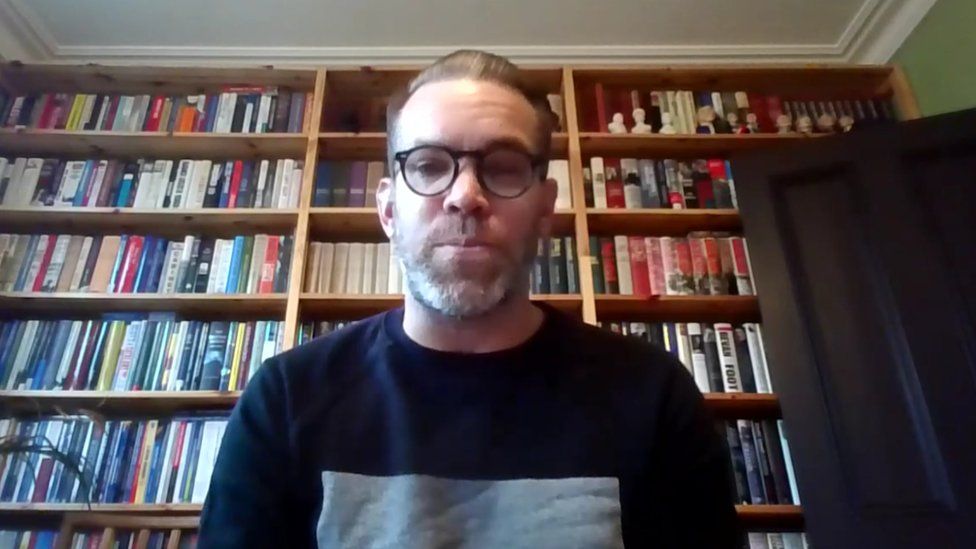
In an interview for BBC News NI, he said: “Not even briefly was Northern Ireland part of the Irish Free State, proclaimed on 6 December 1922.
“The Government of Ireland Act 1920 which had created Northern Ireland was still of full force and application according to the treaty, and that was to be the case for one month after the creation of the Irish Free State.”
On the second day of that one-month period, the unionist-dominated Northern Ireland Parliament exercised its right to pass a motion confirming it wanted no part in the Free State.
It took less than 30 minutes to do so.
A letter, or address as it was called, was then sent to King George V.
The wording included the following: “We, Your Majesty’s most dutiful and loyal subjects… do, by this humble address, pray Your Majesty that the powers of the parliament and government of the Irish Free State shall no longer extend to Northern Ireland.”
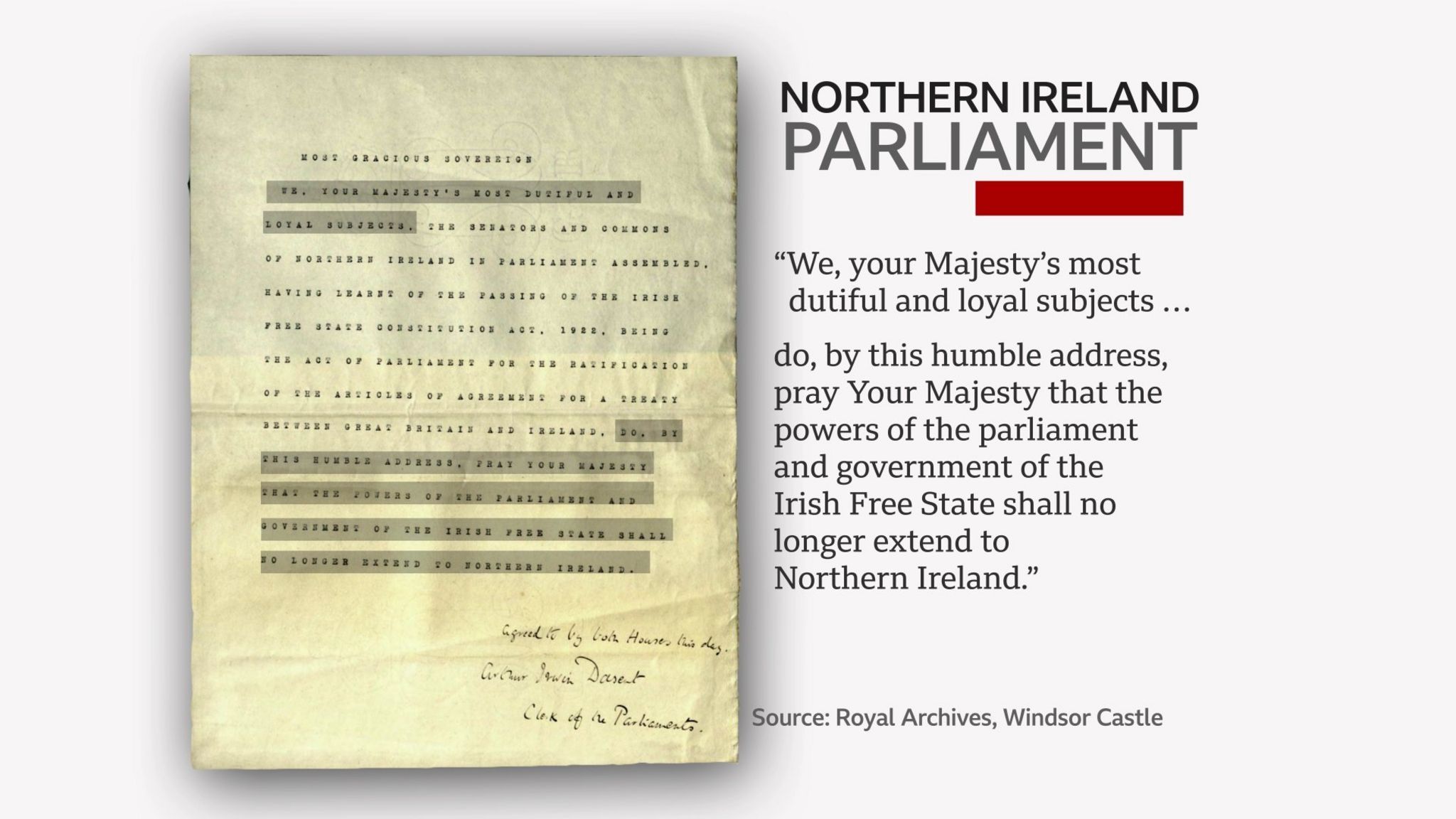
The use of the phrase “no longer extend to” gave rise to the assertion that Northern Ireland was briefly within the Free State.
Mr Torrance argues that this phrase should not be interpreted in isolation but should be seen in the context of the rest of the treaty and existing legislation, meaning “no longer extend” at the end of the month.
Nonetheless, his research indicates that unionists at the time were keen to ensure that nobody would be in any doubt about their desire to remain separate from the Free State.
Prime Minister of Northern Ireland Sir James Craig oversaw the delivery of the typed address to the King.
Mr Torrance notes: “James Craig asked for two copies in case one got lost and he personally transported it across the Irish Sea, and by train to London where it was then conveyed by a messenger to Sandringham where King George V was shooting.”
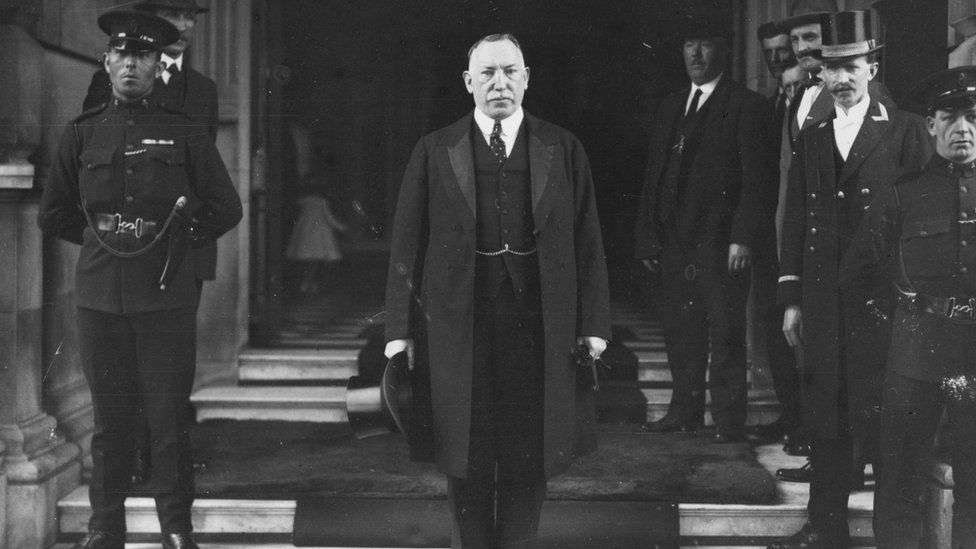
There was no surprise in London or Dublin at the decision of Northern Ireland to say no to re-joining the 26 counties on the island.
Unionists had long since made clear their opposition to anything that weakened their link with Britain.
In the Irish Free State, the King remained sovereign and parliamentarians had to take an oath of allegiance to him, but the ties with London were radically loosened by the 1921 treaty.
The break with London did not go far enough for some Irish republicans and a civil war broke out in Ireland in the summer of 1922.
At the time of the creation of the new state in December that year, the fighting was continuing.
The historian Prof Marie Coleman, from Queen’s University Belfast, says the war meant that issues around Northern Ireland were secondary.
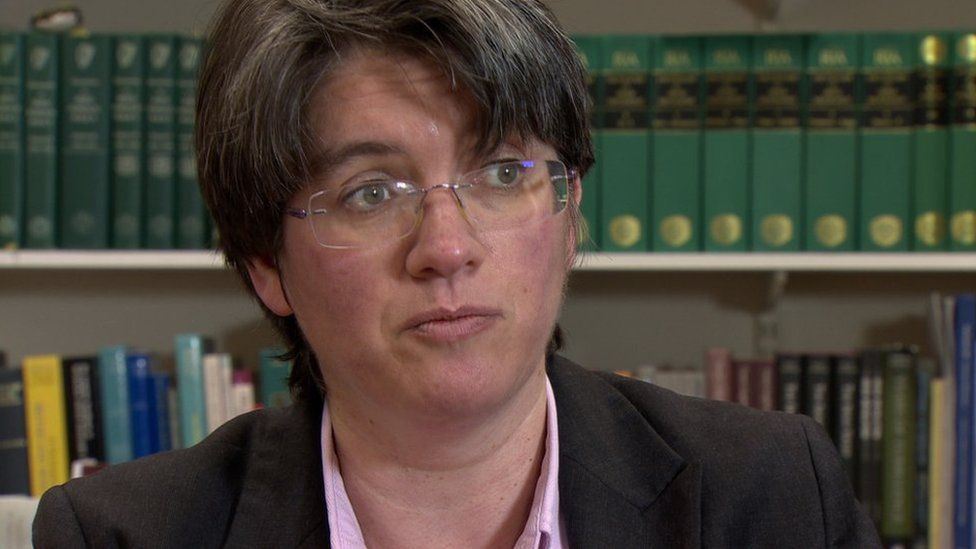
Prof Coleman said: “The Irish Free State government had changed quite considerably from those who had signed the treaty only a year previously.
“Michael Collins and Arthur Griffith, the two leaders of the treaty [negotiating] delegation were dead.
“WT Cosgrave was now in charge and the Free State government, as it became in December 1922, had much more worrying things on their plate. In particular, the civil war was at a crucial phase.
“They were much more worried about what was happening within the 26 counties than the six counties.”
Under the terms of the treaty, a boundary commission was set up to re-examine the drawing of the Irish border.
The Free State had hoped this would help lead to the reunification of the island.
In the end, no changes were made and the border of 1922 remains the same 100 years later.
-
The lasting legacy of Irish Civil War executions
-
26 November
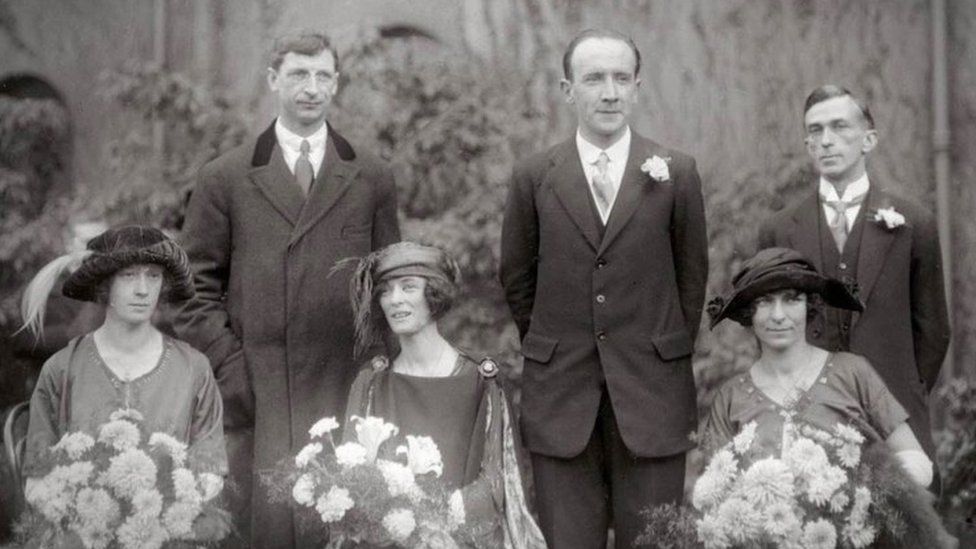
-
-
Events mark 100 years since Michael Collins’ death
-
22 August
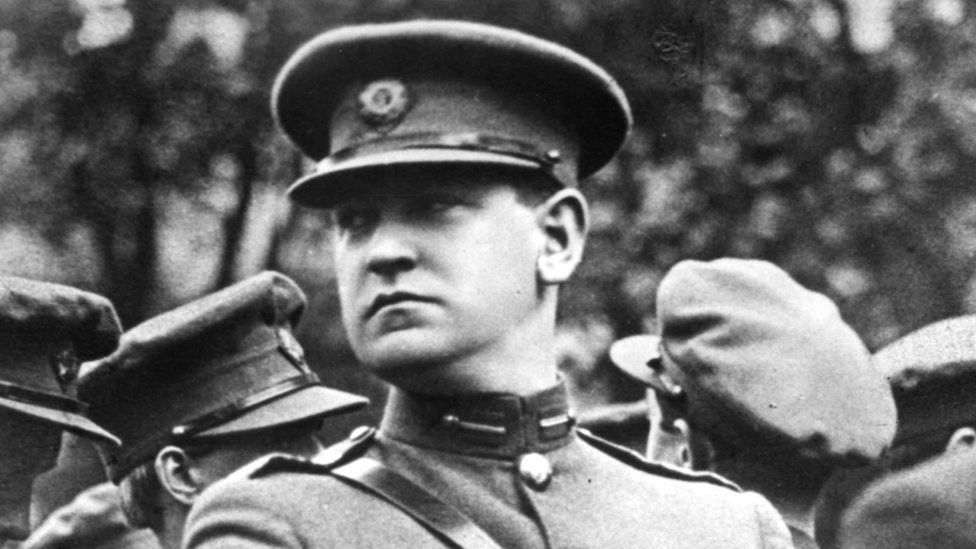
-
-
How was Northern Ireland’s centenary year marked?
-
30 December 2021
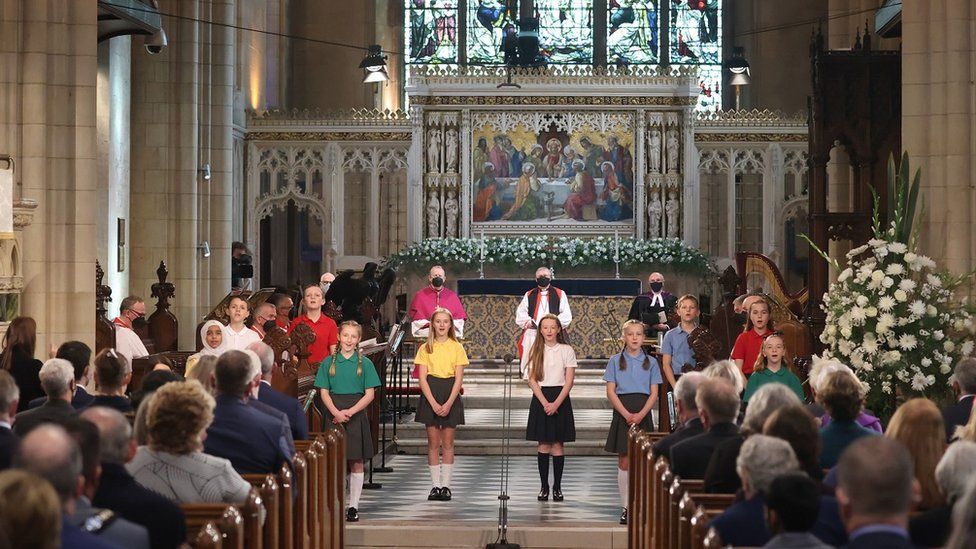
-
